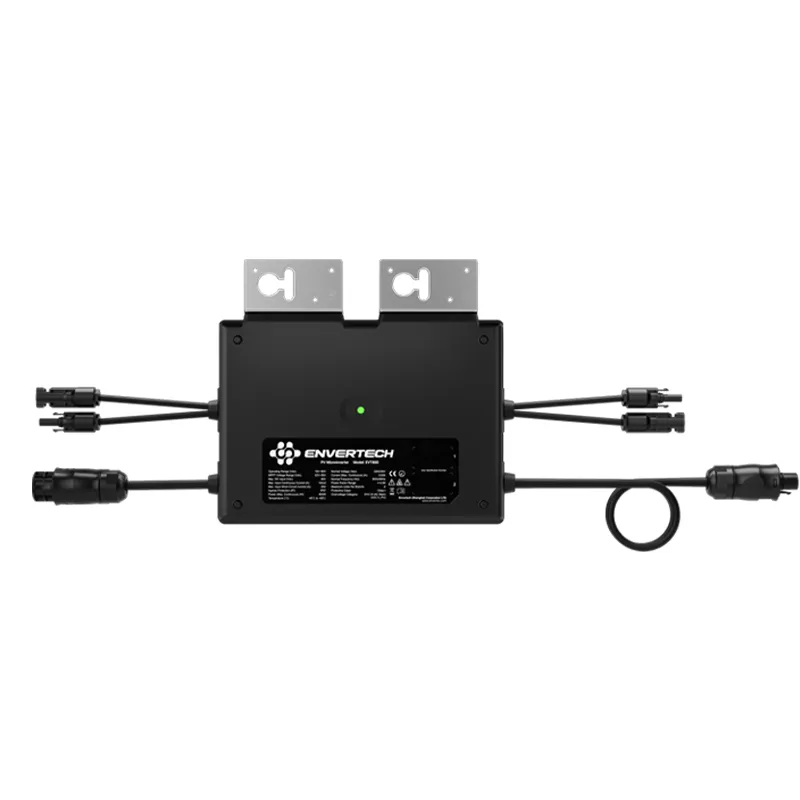Factors Influencing the Efficiency of Solar Panel Energy Output and Its Optimal Performance
Understanding Solar Panel Output Efficiency
In recent years, the drive toward renewable energy sources has grown significantly, with solar power leading the charge due to its sustainability and decreasing costs. Central to the effectiveness of solar energy systems is the concept of solar panel output efficiency, which plays a crucial role in determining how much of the Sun’s energy can be converted into usable electricity.
Solar panel output efficiency refers to the ratio of the electrical energy produced by a solar panel to the amount of solar energy (irradiance) that hits the panel’s surface. This is typically expressed as a percentage. For instance, if a solar panel has an efficiency of 20%, it means that it converts 20% of the solar energy it receives into electricity.
Historically, the efficiency of solar panels has improved significantly. Early models in the 1950s had efficiencies below 5%, but advancements in technology have propelled this figure to above 22% for commercial products today. The most efficient solar cells, such as multi-junction cells, can even exceed 40% efficiency under concentrated sunlight conditions. This dramatic improvement has primarily been driven by innovations in materials and manufacturing processes.
The most common type of solar panels in use today is made from crystalline silicon. These come in two main types monocrystalline and polycrystalline. Monocrystalline panels are known for their higher efficiency and sleek appearance, as they are made from a single crystal structure. In contrast, polycrystalline panels are typically less expensive to produce and have slightly lower efficiency ratings, averaging around 15-20%.
solar panel output efficiency

Efficiency is not the only factor to consider when selecting solar panels. Cost, durability, and warranty terms also play integral roles in the decision-making process. For many consumers and businesses, the increased efficiency of monocrystalline panels may justify the higher initial expenditure. However, for others, polycrystalline panels may provide a more cost-effective solution, especially when space for installation is limited.
Several factors can affect the actual output efficiency of solar panels in real-world conditions. One key factor is temperature. Although solar panels are designed to absorb sunlight efficiently, excessive heat can actually reduce their performance. Most solar cells lose about 0.5% of efficiency for every degree Celsius increase in temperature. Thus, proper installation and ventilation are essential to maintaining optimal performance.
Moreover, shading plays a significant role in efficiency. Solar panels operate best in direct sunlight, and even partial shading from nearby trees or buildings can lead to significant drops in energy output. Technologies like microinverters and power optimizers can mitigate these effects by ensuring that each panel operates independently, rather than relying on the performance of the weakest link.
The geographic location also impacts solar panel efficiency. Areas with high solar irradiance, such as deserts, will naturally yield higher energy outputs compared to regions with frequent cloud cover. Thus, before installation, it is vital for potential solar users to assess their local climate conditions and available sunlight hours.
In summary, solar panel output efficiency is a critical component in the performance and viability of solar energy systems. As technology continues to evolve, we can expect further improvements in panel efficiency, bringing us closer to a more sustainable energy future. For individuals and businesses considering solar power, understanding efficiency along with cost, longevity, and installation dynamics will be paramount in reaping the maximum benefits of solar technology. By making informed choices, we can harness the boundless energy of the sun and contribute significantly to reducing our carbon footprint.
-
Unlocking Energy Freedom with the Off Grid Solar InverterNewsJun.06,2025
-
Unlock More Solar Power with a High-Efficiency Bifacial Solar PanelNewsJun.06,2025
-
Power Your Future with High-Efficiency Monocrystalline Solar PanelsNewsJun.06,2025
-
Next-Gen Solar Power Starts with Micro Solar InvertersNewsJun.06,2025
-
Harnessing Peak Efficiency with the On Grid Solar InverterNewsJun.06,2025
-
Discover Unmatched Efficiency with the Latest String Solar InverterNewsJun.06,2025







